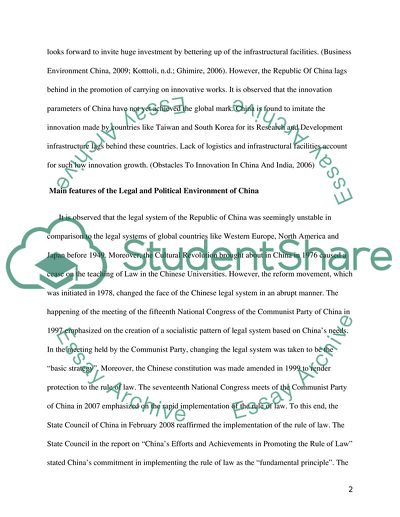Cite this document
(“Global Enterprise and Innovation Case Study Example | Topics and Well Written Essays - 2750 words - 1”, n.d.)
Global Enterprise and Innovation Case Study Example | Topics and Well Written Essays - 2750 words - 1. Retrieved from https://studentshare.org/macro-microeconomics/1744388-global-enterprise-and-innovation
Global Enterprise and Innovation Case Study Example | Topics and Well Written Essays - 2750 words - 1. Retrieved from https://studentshare.org/macro-microeconomics/1744388-global-enterprise-and-innovation
(Global Enterprise and Innovation Case Study Example | Topics and Well Written Essays - 2750 Words - 1)
Global Enterprise and Innovation Case Study Example | Topics and Well Written Essays - 2750 Words - 1. https://studentshare.org/macro-microeconomics/1744388-global-enterprise-and-innovation.
Global Enterprise and Innovation Case Study Example | Topics and Well Written Essays - 2750 Words - 1. https://studentshare.org/macro-microeconomics/1744388-global-enterprise-and-innovation.
“Global Enterprise and Innovation Case Study Example | Topics and Well Written Essays - 2750 Words - 1”, n.d. https://studentshare.org/macro-microeconomics/1744388-global-enterprise-and-innovation.


